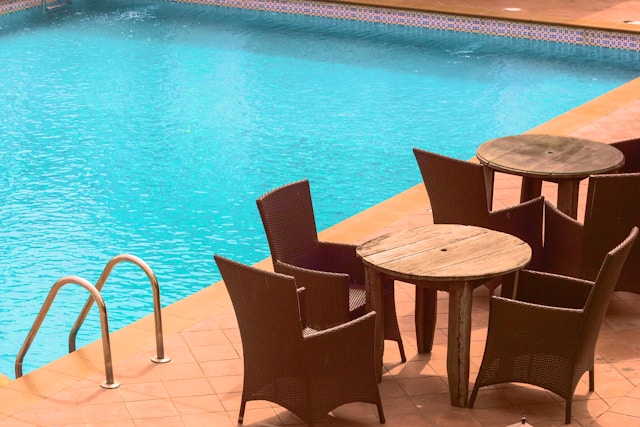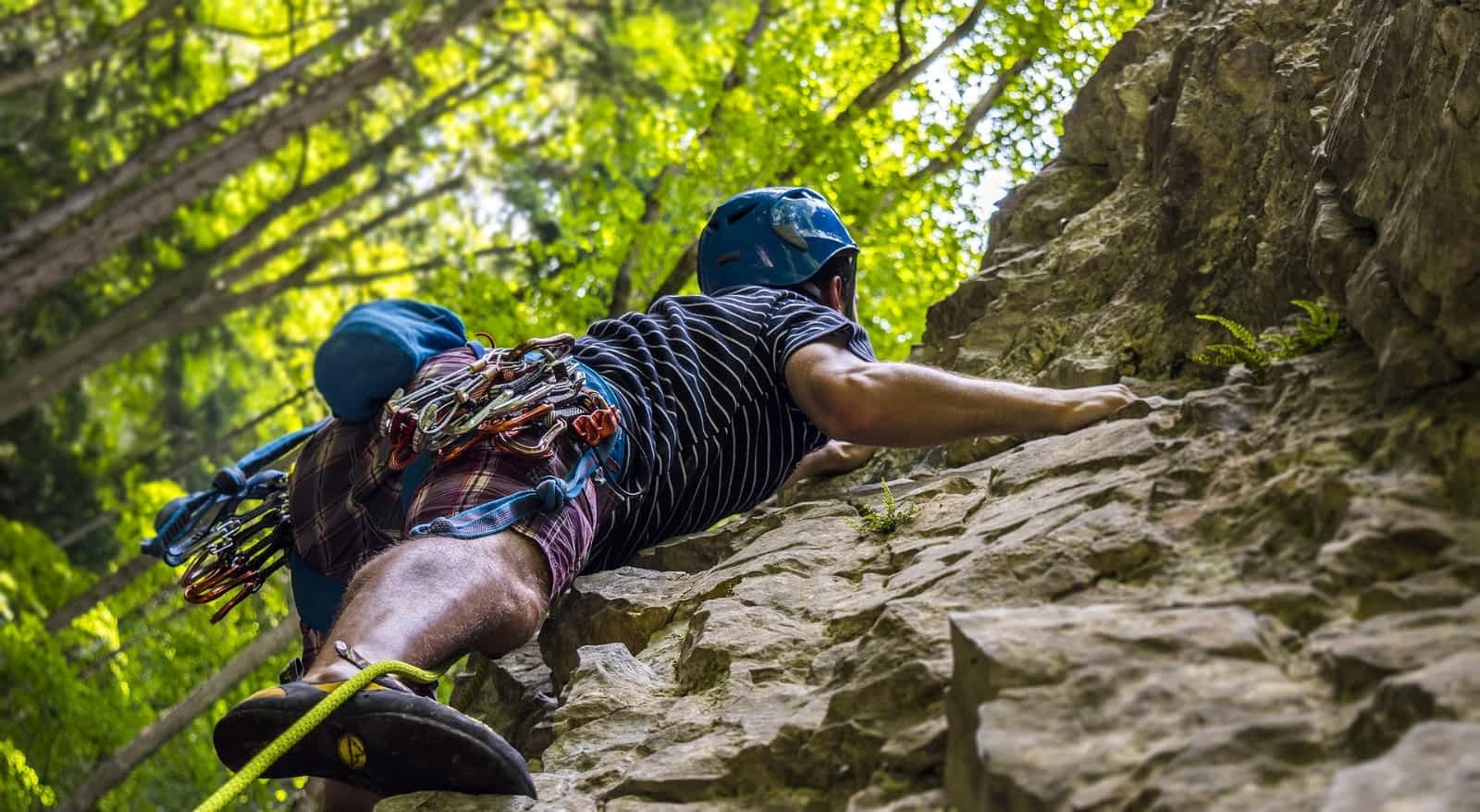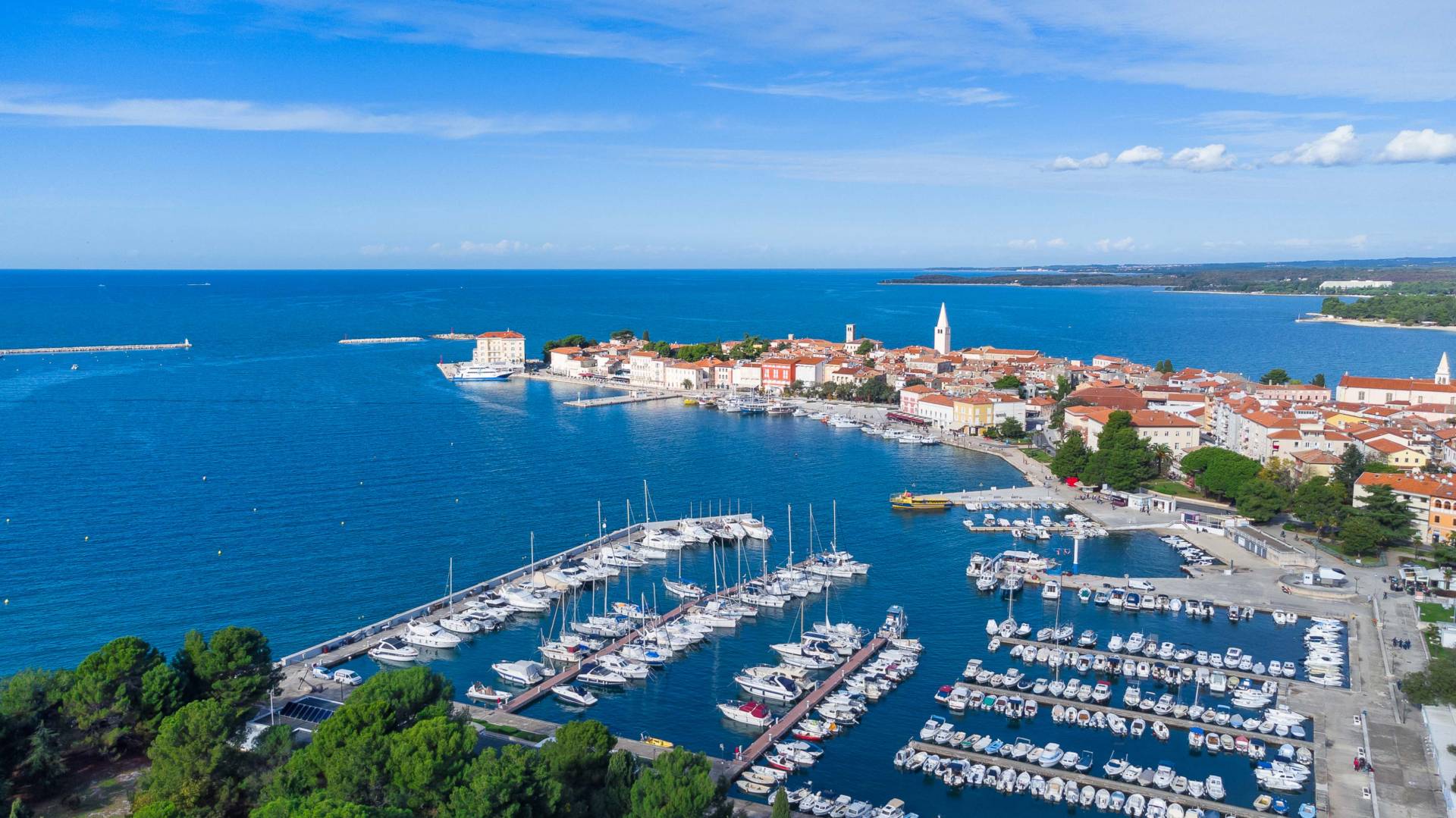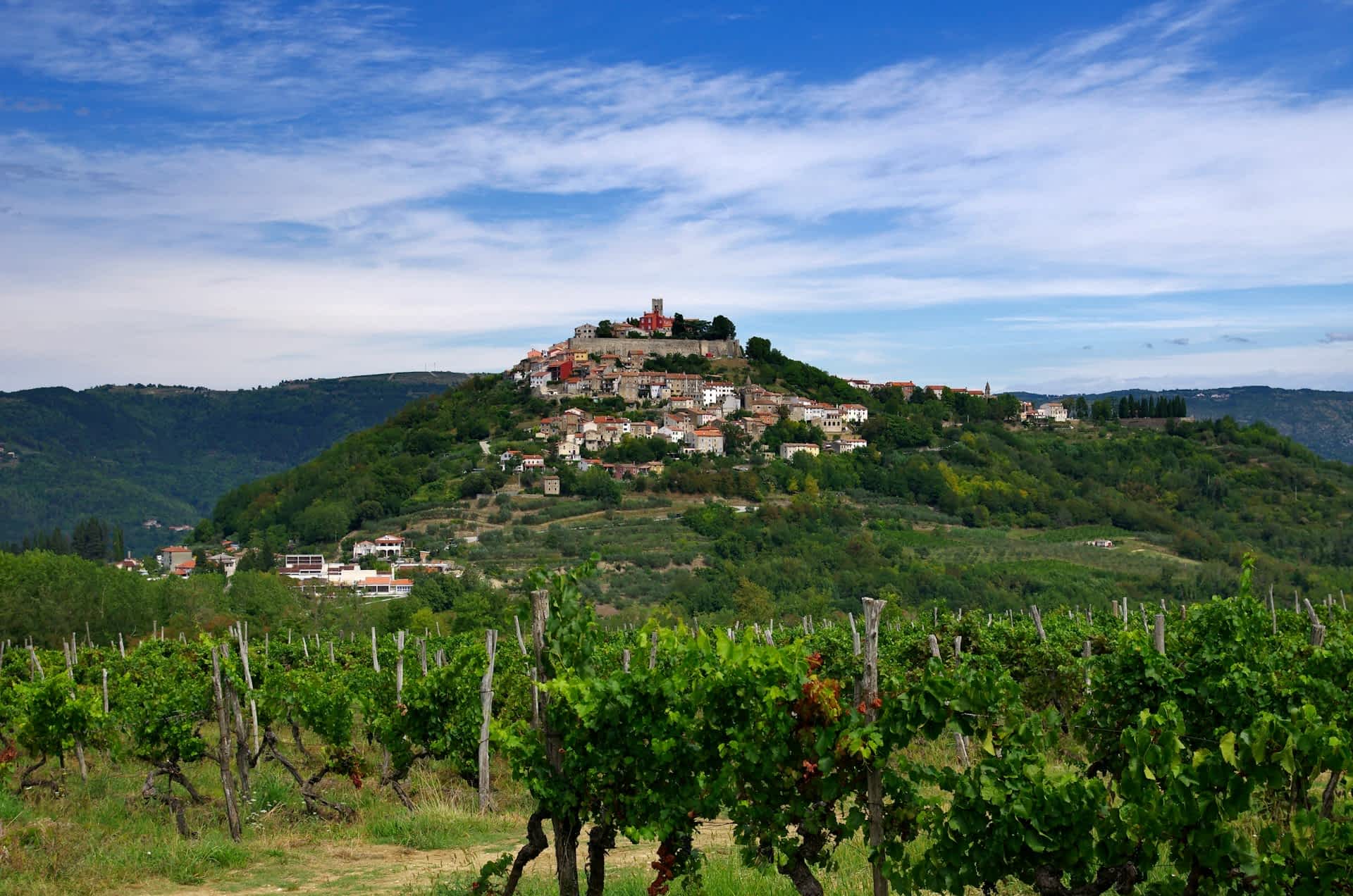The cultural heritage of Vrsar includes rich history, traditions and cultural monuments that make this town a unique and interesting destination for visitors.
The area around today’s Vrsar was inhabited since ancient times. Archaeological research reveals the remains of ancient settlements, Roman villas and other buildings that testify to the rich past of this area. During Roman rule, Vrsar was an important economic and commercial centre under the name Ursaria. Remains of Roman walls, streets and forums have been preserved, testifying to the importance of the city in ancient times. In the Middle Ages, Vrsar became the centre of the Christian faith. My churches, chapels and buildings that shaped the identity of the city and the surrounding area originate from this period. During the Venetian rule, Vrsar was part of the Venetian Republic. The influence of Venice is visible in architecture, craft traditions and cultural customs. After the fall of the Venetian Republic, Vrsar went through various changes of government, but it retained its characteristic charm and cultural diversity. Today, the city is a popular tourist destination that attracts visitors with its cultural heritage, beautiful landscapes and rich gastronomic offer.
Old town centre – Vrsar has a picturesque old town center with narrow stone streets, authentic houses and shopping streets that exude medieval charm. This core hides a rich history and architecture that comes from different historical periods.
Vrsar is home to numerous churches, chapels and sacred buildings that bear witness to the religious tradition and cultural heritage of the town. Among the most significant are the church of St. Martin, church of St. Foše and the church of St. Mary of the Sea.
Throughout the year, Vrsar is home to various cultural events such as concerts, exhibitions, theatre performances and traditional fishing festivals that attract visitors. The town is known for its art scene, and visitors can visit numerous galleries that exhibit the works of local and international artists: Galerija Orsera, Galerija C6 and Atelier Fra are just some of the galleries worth visiting. The Vrsar marina provides a harbor for ships and yachts and is popular a destination for nautical lovers. In addition to offering nautical facilities, the marina is full of restaurants, bars and shops. In Vrsar, you can find various traditional crafts such as ceramics, weaving, stone processing and making traditional Istrian products. Vrsar offers an excellent gastronomic offer in its restaurants, taverns and taverns, where visitors can taste authentic dishes, seafood and local wines.
Dušan Đamonja, also known as Đuka, is connected to Vrsar through his artistic creation. This famous Croatian sculptor was the owner and author of the sculpture park located near Vrsar, in the village of Valkanela. The sculpture park of Dušan Đamonja was founded in 1961, when Đamonja bought land near Vrsar with the aim of creating an open-air sculpture museum. In the sculpture park you can find impressive sculptures created by Đamonja and his colleagues over the years. The park stretches across an open space, providing visitors with a unique experience of art in a natural setting. Many of Đamonja’s sculptures are exhibited right here, representing his artistic vision and technical skill.
Dušan Đamonja’s sculpture park has become an important cultural destination in Vrsar and attracts visitors who want to experience art outdoors and enjoy the beautiful landscape of Istria.
In the middle of the 18th century, Giacomo Casanova, the world’s most famous seducer, visits the city. His first visit took place in August 1743. At that time, Casanova was an ordinary, unsightly and poor priest who was brought to Vrsar by a series of events, where he stayed for three days. On his return to his homeland, he wrote only a few short lines about the place he visited in his memoirs. Still traveling, he reached Vrsar again. His ship had to pick up ballast and anchored in the port of Vrsar. In 1744, Casanova is no longer a disreputable priest, but a self-confident man in rich, glittering clothes, sure that no one will recognize him. After this trip, he returned home with many adventures and a stormy affair with a local girl, the maid of Don Girolamo. Take a walk through the beautiful Vrsar alleys and viewpoints and discover the riddle of how the mischievous Casanova seduced the girl despite the strict Vrsar rules of the time.
Vrsar is an excellent vacation destination due to its combination of beautiful beaches, rich cultural heritage and relaxed Mediterranean atmosphere. In addition to all this, Vrsar is the perfect base for exploring other attractive locations in Istria such as Rovinj, Pula, Motovun and Brijuna. With its beauty, diversity and relaxed atmosphere, Vrsar provides an unforgettable vacation for all visitors.
Take a look at our offer of holiday homes and apartments in Vrsar and visit the culture and beauty of this small town.
















